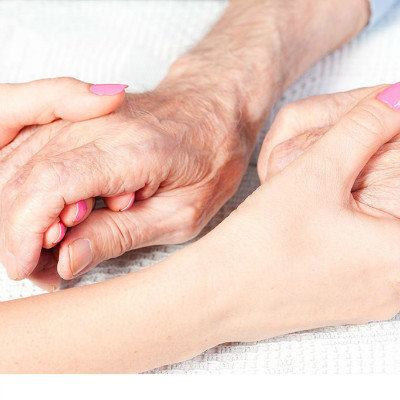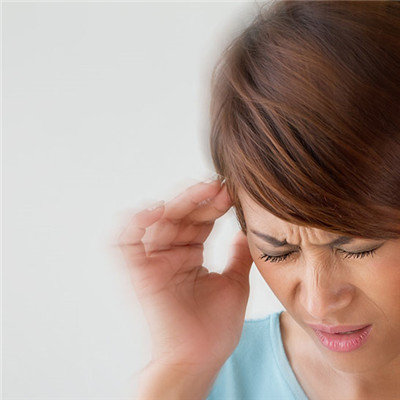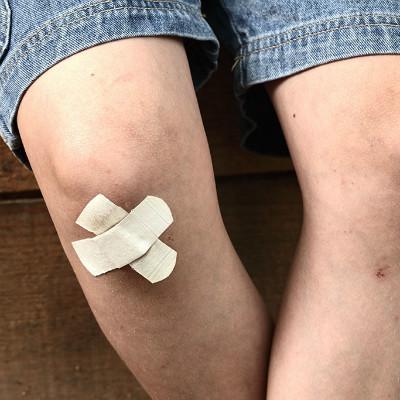What is the symptom of hydrophobia
summary
Now family pets are more and more, may be accidentally bitten by laughing dog, not timely treatment will get rabies. Rabies is an acute infectious disease caused by rabies virus, which can occur in people or animals. Rabies is most likely to exist in carnivores such as dogs, wolves and cats. Most people get rabies because they are bitten and infected by animals. When people get rabies, it is very easy to be afraid of water and wind, throat spasm will appear, and even lead to paralysis. Because rabies has a strong fear of water, so it can also be called hydrophobia. When people get rabies, the central nervous system will be greatly damaged.
What is the symptom of hydrophobia
First: rabies has an incubation period. Generally, the incubation period is one to three months. When the patient is in the incubation period, no symptoms will occur. However, the incubation period of some rabies is very short, generally about seven days. The longest incubation period of rabies can reach more than one year. Rabies begins to develop after the incubation period.

Second: when rabies begins to attack, the patient will feel uncomfortable all over the body, and will have a high fever. The body will feel very tired, and the whole body will be very weak. If there is an uneasy feeling in the heart, there will be nausea and other symptoms. Rabies patients often have a strong allergic reaction to pain, sound, light and other external stimuli.

Third: after the outbreak of rabies, some symptoms will appear in the throat of patients. For example, the throat of patients will have a sense of constriction, which may be caused by the massive propagation of rabies virus near the wound of patients and then stimulating the nervous system of patients. When the rabies virus stimulates the patient's nervous system, the patient will feel numb, itchy and tingling.

matters needing attention
When the symptoms of rabies become strong, it will be very obvious that the patient's body will have serious spasms. At this time, the patient will start to be insane, and there will be some hallucinations. For example, the patient may have some paranoia phenomenon, and there may be hallucinations, fear of light, fear of sound.















